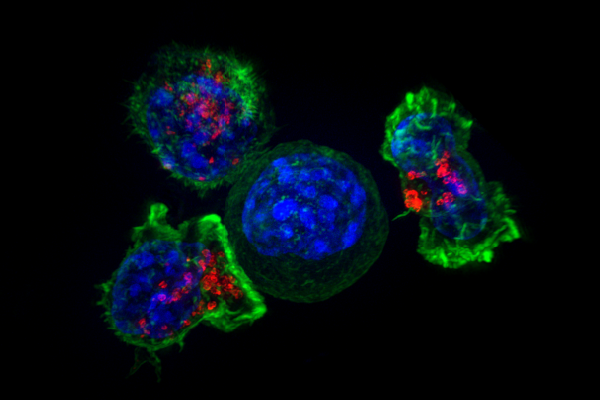Innovative Dual Imaging Capsule Enhances Early Detection of Esophageal Cancer

A new dual imaging capsule enhances early detection of esophageal cancer by capturing detailed 3D tissue and blood vessel changes, promising improved diagnosis and patient outcomes.
Researchers from Helmholtz Munich, the Technical University of Munich, and the Medical University of Vienna have developed a groundbreaking endoscopy technology called "O2E" that significantly improves the ability to detect early-stage esophageal cancer. This advanced capsule combines two powerful imaging techniques: optical coherence tomography (OCT), which offers detailed views of tissue structure, and optoacoustic imaging, capable of visualizing minute blood vessels deep within tissue layers. Integrated into a compact, 360-degree scanning capsule, these sensors generate high-resolution 3D images of tissue morphology and vascularization, crucial for identifying precancerous and cancerous lesions.
Published in "Nature Biomedical Engineering," the study demonstrates that this dual imaging approach captures even the tiniest changes beneath the mucosal surface, enabling early diagnosis with greater precision than traditional methods. Early detection is vital because esophageal cancer has a low survival rate (~10%) when diagnosed at advanced stages, but early diagnosis can improve survival rates up to 90%.
The device successfully identified differences between healthy tissue, abnormal cellular areas, precancerous stages, and tumors in both animal models and tissue samples from patients with Barrett's esophagus, a known precursor to esophageal cancer. Initial tests on the inner lip, which shares similar tissue characteristics with the esophagus, confirmed the technology's potential.
Looking ahead, the research team is working on refining this capsule for human clinical use, including integrating confocal endomicroscopy for cellular-level imaging. This could enable real-time molecular targeting of cancer markers, reducing reliance on multiple biopsies, and speeding up diagnosis. The project, supported by the European Innovation Council, aims to validate and bring this promising technology to market, potentially transforming early cancer detection and reducing healthcare costs associated with late-stage treatments.
Stay Updated with Mia's Feed
Get the latest health & wellness insights delivered straight to your inbox.
Related Articles
Gene-Informed Radiation Therapy Shows Promise for HPV-Positive Throat Cancer Patients
New research demonstrates how tumor genomics can personalize radiation doses for HPV-positive throat cancer, reducing side effects while maintaining high cure rates.
Ensuring Safety with Naloxone Use in Older Adults Living at Home
A comprehensive report highlights the importance of naloxone in preventing fatal overdoses among older adults on opioid therapy, emphasizing safety and preparedness at home.
Dual-Targeting Radiopharmaceutical Therapy Demonstrates Safety and Effectiveness in Treating Multiple Cancers
A new dual-targeting radiopharmaceutical therapy demonstrates high safety and effectiveness in treating various cancers, showing promising results in early human trials. This innovative approach offers hope for precision cancer treatment with minimal side effects.



